“When the children are happy, everyone benefits.” Monocle
Playgrounds
This project began with a question: could public space become a site for computer science learning? Ruoholahti is one answer, but just the first. Instead of screens or syntax, it invites exploration through wood, movement, and joy.
To learn more, send a message to playgrounds@helloruby.com.
Ruoholahti
Helsinki, Finland — 2023
A Computer You Can Climb
The Ruoholahti Computer Playground turns the invisible world of computing into physical play.
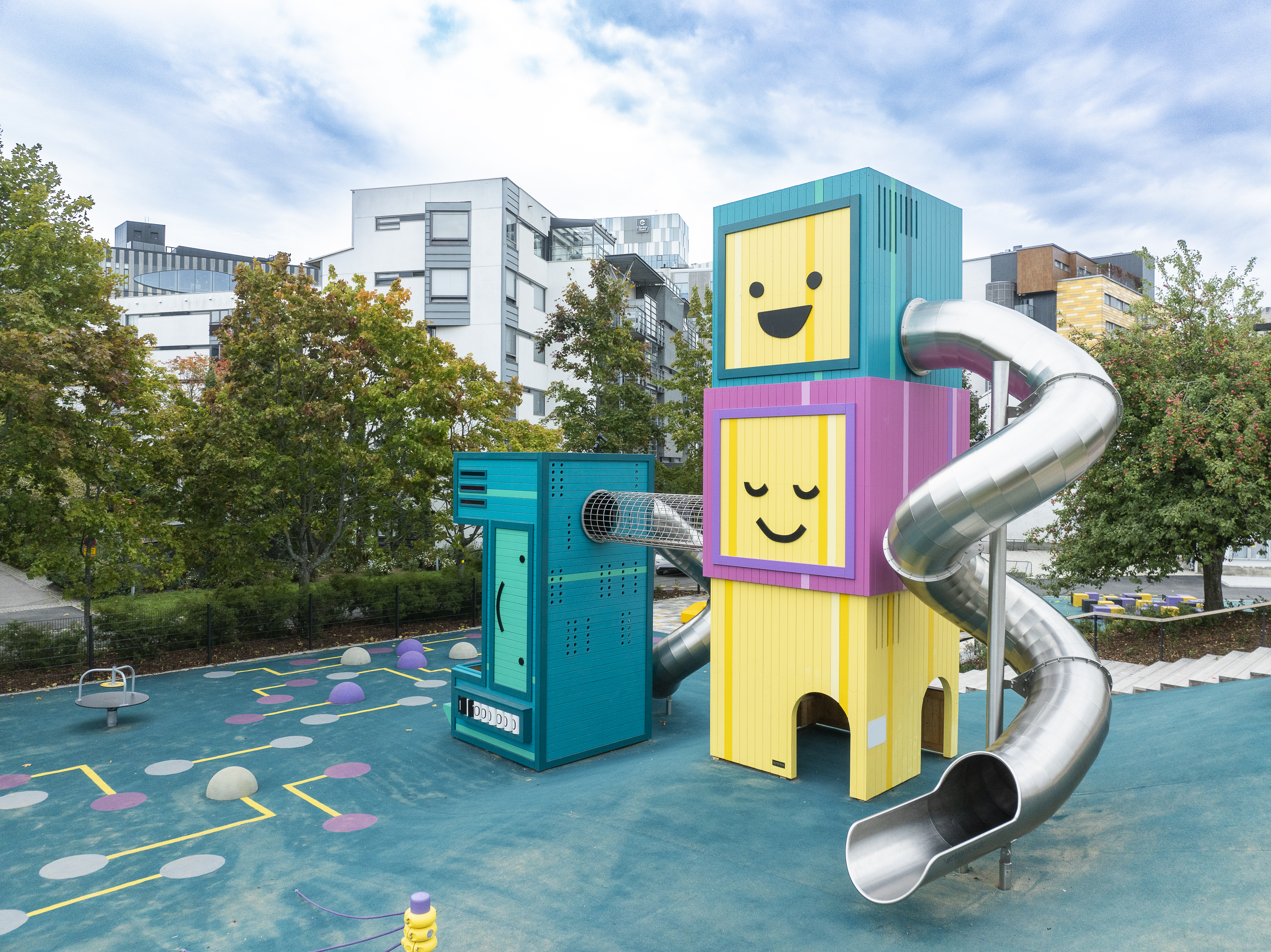
The playground invites small bodies to explore big ideas—algorithms, conditionals, functions—without needing a screen or even knowing the words. It’s computing as storytelling, architecture, and play.
In an age where children spend more time on screens than under trees, we need places that bridge the digital and physical. The Ruoholahti Computer Playground is not a nostalgic retreat from technology—it’s a new kind of literacy space. One that says: play is not the opposite of learning. It is learning.
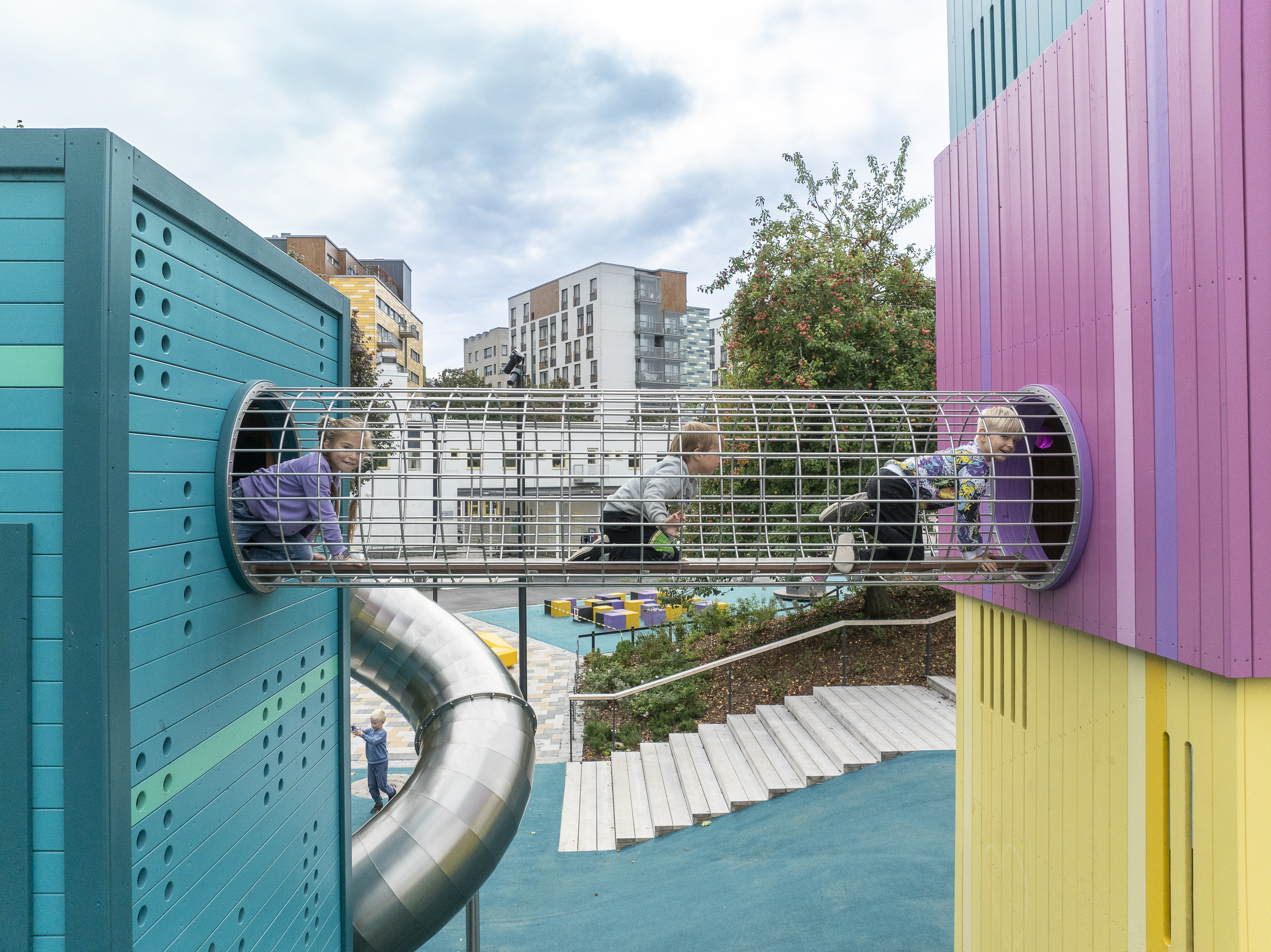
As Seen On
“The world's first coding playground.” BBC
“Brilliantly bizarre!” Wallpaper*
“Helsinki dared to build a playground that isn’t only about safety.” Helsingin Sanomat
The Design
The entire space is an invitation—not just to play, but to think with your whole body.
The DNA of this project includes: Seymour Papert’s constructivism, John Maeda’s Human Powered Computer, Taeyoon Choi’s CPU Dumplings, Alexandra Lange’s playful urbanism, Florentijn Hofman’s large-scale creatures, the Reggio Emilia and Montessori traditions, and the quiet genius of Monstrum playgrounds.
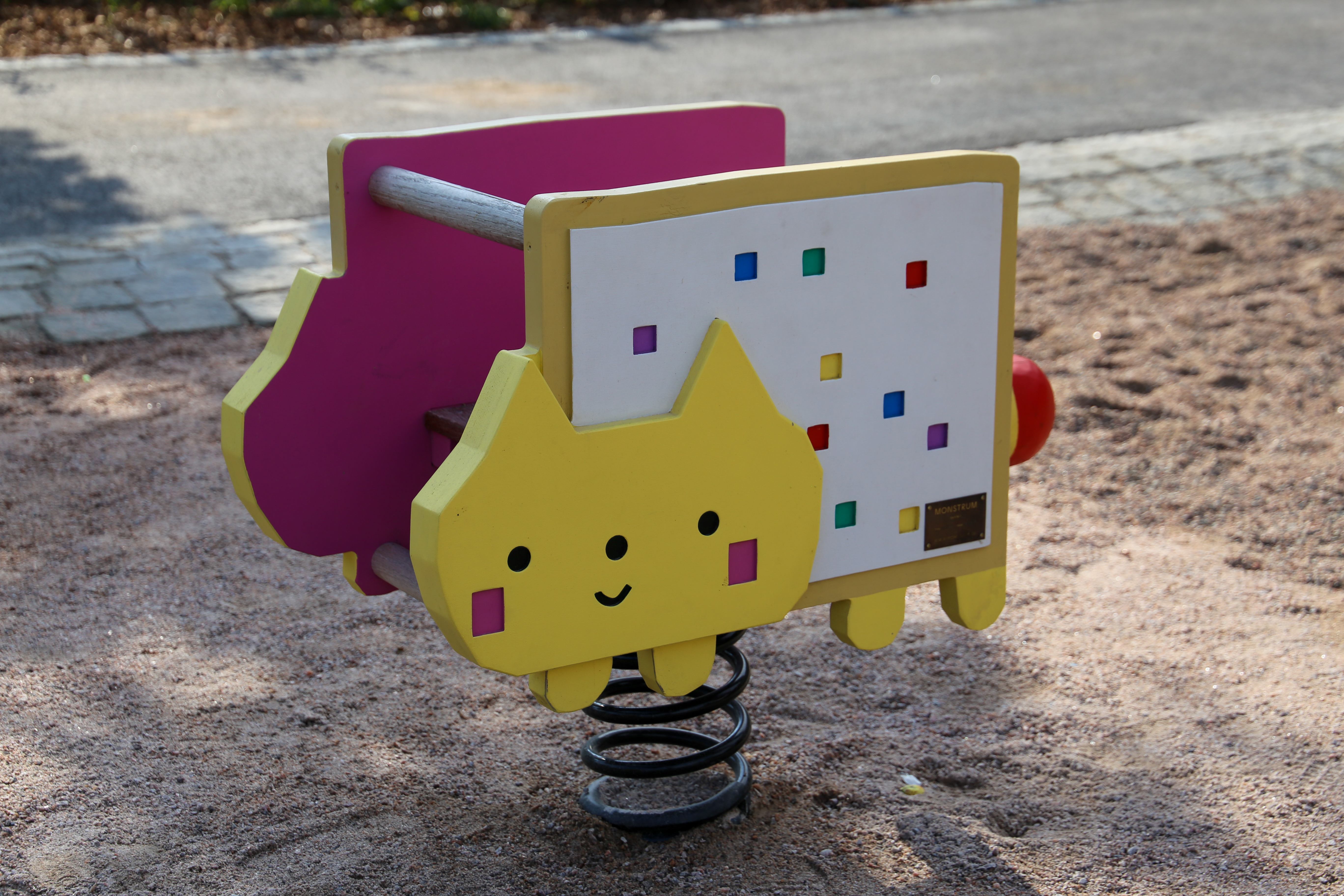
Playground Curriculum
Alongside the Ruoholahti Computer Playground, we developed a full curriculum that invites children to understand computing with their whole bodies. The playground is the hardware, the curriculum is the software.
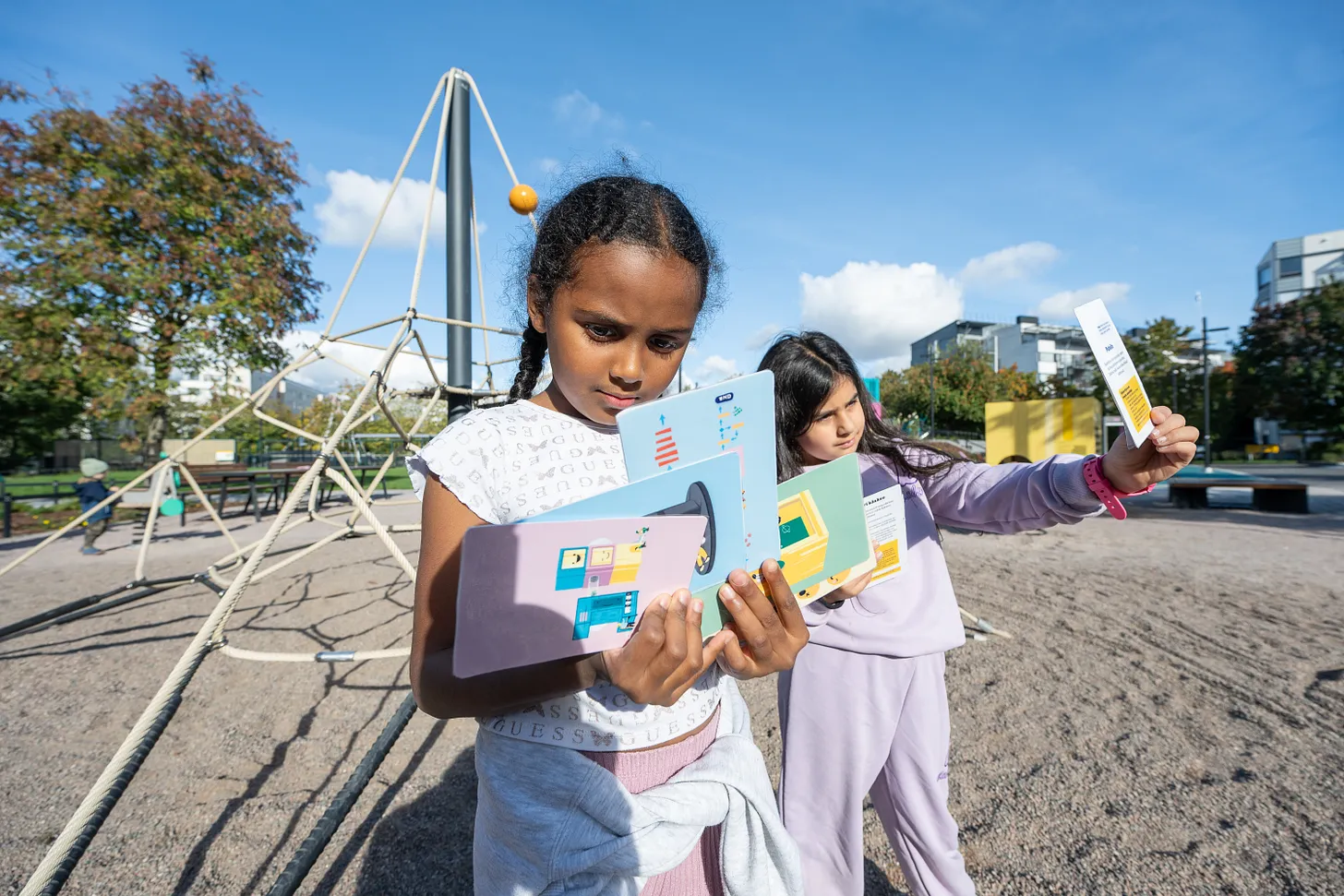
Developed together with educators from early childhood to primary school, the curriculum explores computing when it is physical, playful, and rooted in public space. It includes laminated activity cards, school posters, and a comprehensive Educator’s Guide.
The curriculum includes over 20 activities that map computing concepts onto movement and play, aligned with Finland's national curriculum.
- Asphalt Code: design and walk programs using jumps, turns, and steps on a giant grid.
- Programmer Says: a logic game on trampolines introducing loops, conditionals, and debugging.
- Computer Tower: a physical input/output simulation that lets you climb in as a data packet and slide out as output.
- Virus Tag: a new kind of tag game inspired by cybersecurity concepts.
The curriculum also includes worksheets, coloring pages, open-ended maps, posters, and an audio story.
Downloads:
- Full Curriculum (PDF, 23 MB)
- Educator's Guide (PDF)
- Activity Cards (PDF)
- Instructions for activity cards (PDF)
- Posters (PDF)
- Worksheets (PDF)
- Coloring Pages (PDF)
- Audio Story worksheet (PDF) · Audio story (MP3)
- Playground map (PDF)
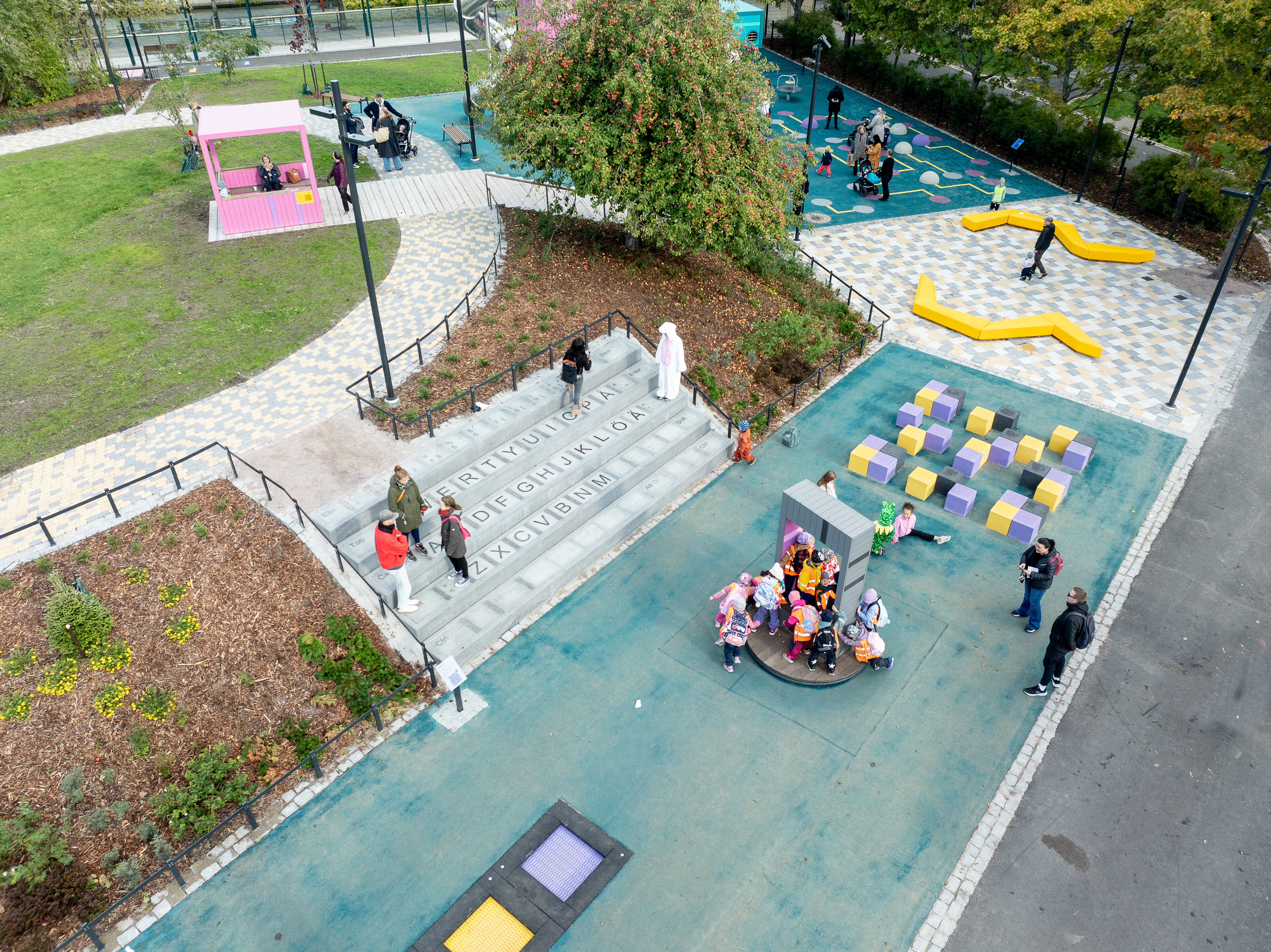
Team
The project was created with the City of Helsinki, Landscape Architects Näkymä, and Monstrum, in close collaboration with local educators.
A Playground Worth a Thousand Programmes
A talk on how playgrounds can reimagine computer science education. Beyond Tellerrand ⫶ 2025 ⫶ 40 minutes.
Project Notes
- No. 21 – Playgrounds 🤖 Public Spaces 📐 Architects for the very young (25 Aug 2021)
- No. 22 — Paris 🇫🇷🗼 Pattern Language 🏙️ Kid City (1 Sep 2021)
- No. 36 — Play/Pause ⏯️ My phone stuck its tongue out 😝 Wingspan (15 Mar 2022)
- No. 65 – Playground abacus ⫶ Stochastic Parrot ⫶ Parallel Computing in the Ancient World (10 Dec 2023)
- No. 76 — Playground construction ⫶ Worldbuilding ⫶ Jean Bartik (20 May 2024)
- No. 78 – Umarell : Star Stuff : A tinkering bibliography (15 Jun 2024)
- No. 80 – Booleans : Primeval numbers : Incomplete City (10 Jul 2024)
- No. 85 — Playing in the streets ⫶ Pop-up computing ⫶ Shelf space (5 Oct 2024)
- No. 86 — A playground to outlast the feed (25 Oct 2024)
- No. 87 — Playground process ⫶ The Anchor Song ⫶ Berlin next week (5 Nov 2024)
- No. 89 — A Playground Worth a Thousand Programmes (20 Nov 2024)
- No. 94 — Hopscotch ⫶ Nassi-Shneiderman (15 Jan 2025)
- No. 98 — The playground curriculum ⫶ Ted Nelson’s Junk Mail ⫶ But what are you trying to be free of? (22 Apr 2025)